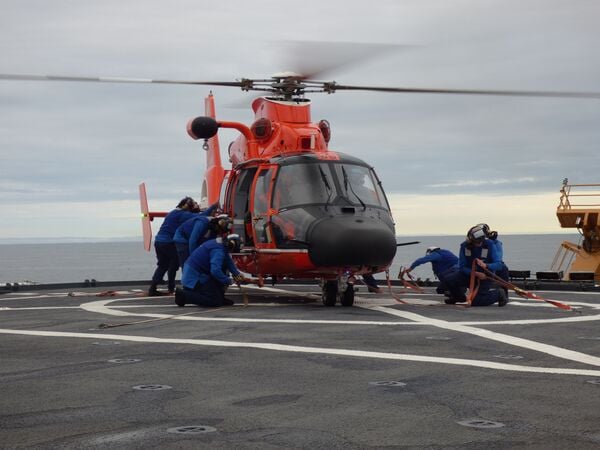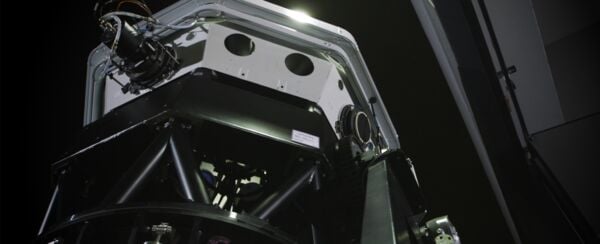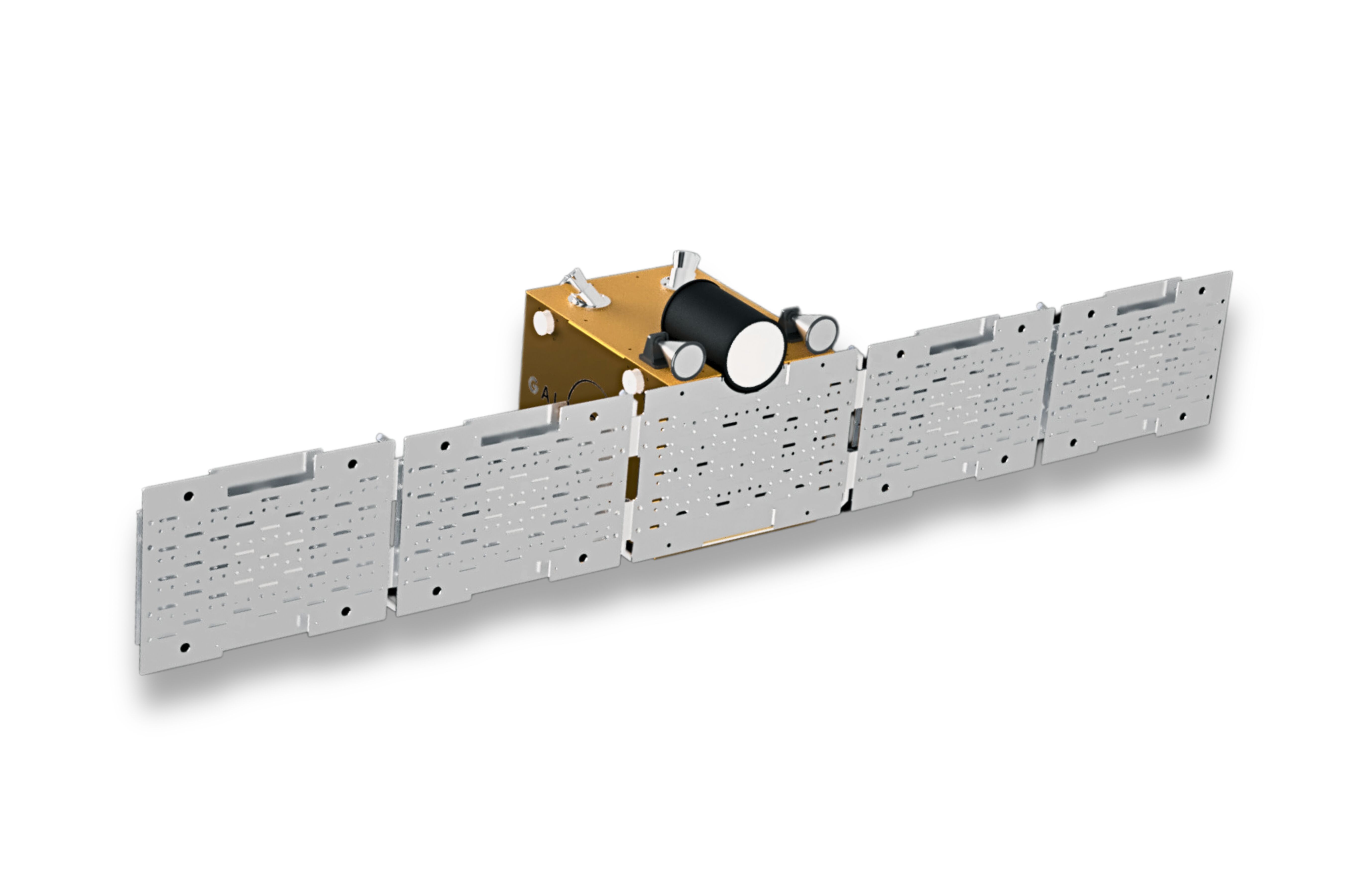- About
- Intara
- Capabilities
- Advisory
- Resources
- News
- Store
General Atomics reveals Gambit unmanned aircraft
03 March 2022
by Gareth Jennings


The Gambit will be General Atomics' offering for the US Air Force's Off-Boarding Sensing Station programme. (GA-ASI)
General Atomics Aeronautical Systems Inc (GA-ASI) has revealed the Gambit unmanned aerial vehicle (UAV) that it is developing for the US Air Force (USAF) Off-Boarding Sensing Station (OBSS) programme.
Revealed on 3 March, Gambit is billed by the company as “an advanced concept aircraft”, utilising artificial intelligence (AI) to complete a variety of tasks without being prompted by an operator.
“GA-ASI's software and integration systems will support detection and analysis, and provide users with the highest-quality intelligence, surveillance, and reconnaissance ever possible from an unmanned aircraft. On point out ahead of US Air Force tactical aircraft, Gambit will also be able to sense and track targets of interest, and distribute that information across the battlespace,” GA-ASI said.
Along with Kratos, GA-ASI was contracted by the US Department of Defense (DoD) in October 2021 to develop the OBSS for UAVs. The two contracts were valued at USD49 million each, and will run until 31 January 2024.
US Coast Guard Airbus MH-65s retire from Arctic mission
26 April 2024
by Zach Rosenberg


A Kodiak-based MH-65 trains aboard the USCGC Healy in 2022. (Janes/Michael Fabey)
The last US Coast Guard (USCG) Airbus MH-65 Dolphin in Alaska retired from Air Station Kodiak on 23 April, ending the type's 36-year employment in the service's Alaska Patrol (ALPAT) role.
“For decades, the cutter and helicopter team were the core of the ALPAT mission,” said Commander James Kenshalo, a USCG MH-65 Dolphin pilot. “Together they projected force and protection to the most extreme remote regions of our nation's territories, operating beyond where help could reach.”
Air Station Kodiak operates six Sikorsky MH-60Ts and is scheduled to receive three more in 2025. The service intends to standardise its full rescue helicopter fleet on the MH-60T, which has a longer range, greater payload capacity, and commonality with other armed service fleets. Alaska is among the first regions to complete the transition because of the long ranges required to perform rescue and security missions in the region.
Italy to enhance SSA with new ground-based sensors
26 April 2024
by Olivia Savage


Flyeye is a multiple-optics telescope with a very wide field of view that will be capable of classifying objects in space as small as 15 cm in LEO and 35 cm in MEO. The 6.5 m high and 4 m wide telescope will be used by the Italian Space Agency and military for SSA. (OHB Italia)
The Italian National Armaments Directorate (NAD) is procuring three ground-based sensors to enhance the country's space situational awareness (SSA), Janes learnt at the Military Space Situational Awareness Conference 2024, held in London from 22 to 24 April.
In total, two optical telescopes and one high-performance radar are being procured as part of its national SSA plans, Lieutenant Colonel Ferdinando Dolce, the head of SSA at NAD, said at the conference.
The first sensor being procured is a high-performance optical surveillance telescope from OHB Italia called Flyeye, Lt Col Dolce said.
Flyeye will have the capacity to monitor objects in low Earth orbit (LEO), medium Earth orbit (MEO), and geostationary orbit (GEO), Commander of the Space Situational Awareness Centre at the Italian Air Force Colonel Dario Tarantino told Janes
India's GalaxEye developing satellite with multiple sensors for Earth observation
25 April 2024
by Oishee Majumdar


A computer-aided design model of the satellite that GalaxEye Space is developing to conduct Earth observation for defence forces. The satellite will be equipped with SAR and EO sensor for enhanced surveillance. (GalaxEye Space)
Bangalore-based GalaxEye Space is developing a satellite that can carry multiple sensors for Earth observation to support the requirements of the Indian Armed Forces.
Speaking to Janes at the Indian DefSpace Symposium 2024 held in Delhi from 18 to 20 April, Deb Jyoti Pal, senior vice-president of business development at GalaxEye said the company is planning to launch the satellite into space in early 2025 for evaluation.
This low Earth observation (LEO) satellite will host an electro-optic (EO) sensor, and a synthetic aperture radar (SAR) with both sensors capturing data simultaneously to provide a more holistic view of strategic areas of interest, Pal added.
“The SAR sensor can capture data in day and night, and in any weather condition including in foggy or cloudy environment. EO sensors are not able to do this. On the other hand, SAR data can be difficult to interpret. This is where EO data can benefit a user,” Pal said.
General Atomics Aeronautical Systems Inc (GA-ASI) has revealed the Gambit unmanned aerial vehicle (U...
Latest Podcasts
Iran Israel analysis
In this podcast Janes analysts discuss the Iranian attacks on Israel on the 14 April. They highlight the military systems used by Iran and the performance and impact of these on Israel. They also discuss the implications of this attack goi...
Listen nowJanes Case Studies
Using Janes Intara to build a common intelligence picture: Russian build up on the Ukrainian border
View Case StudyNews Categories
 Air Details
Air Details